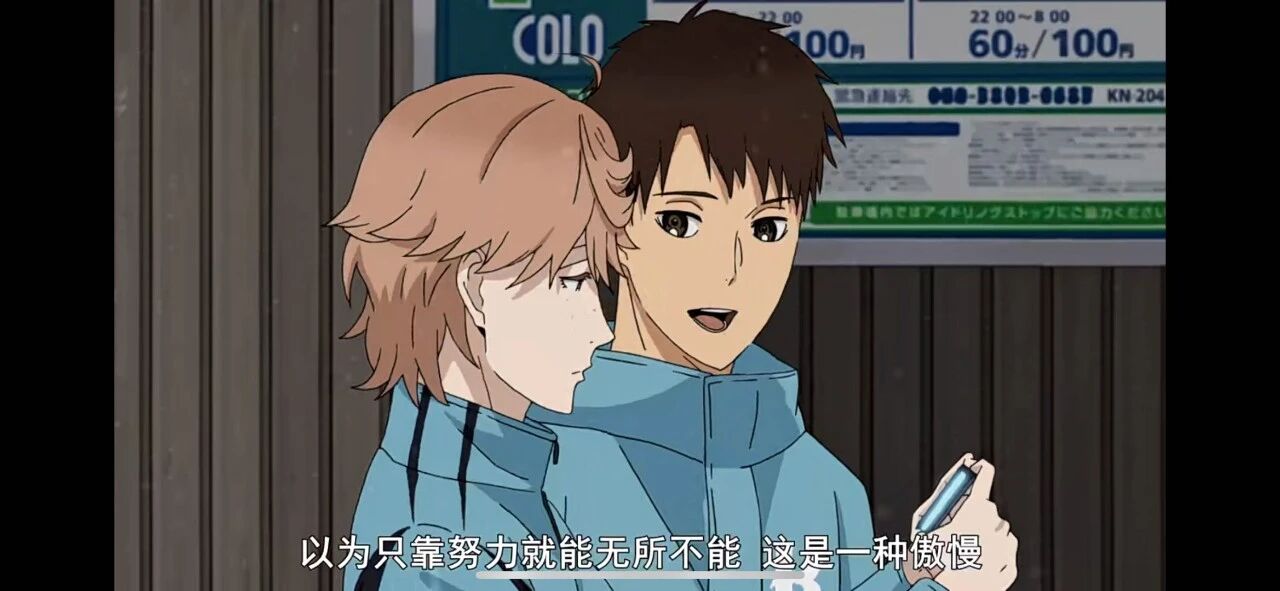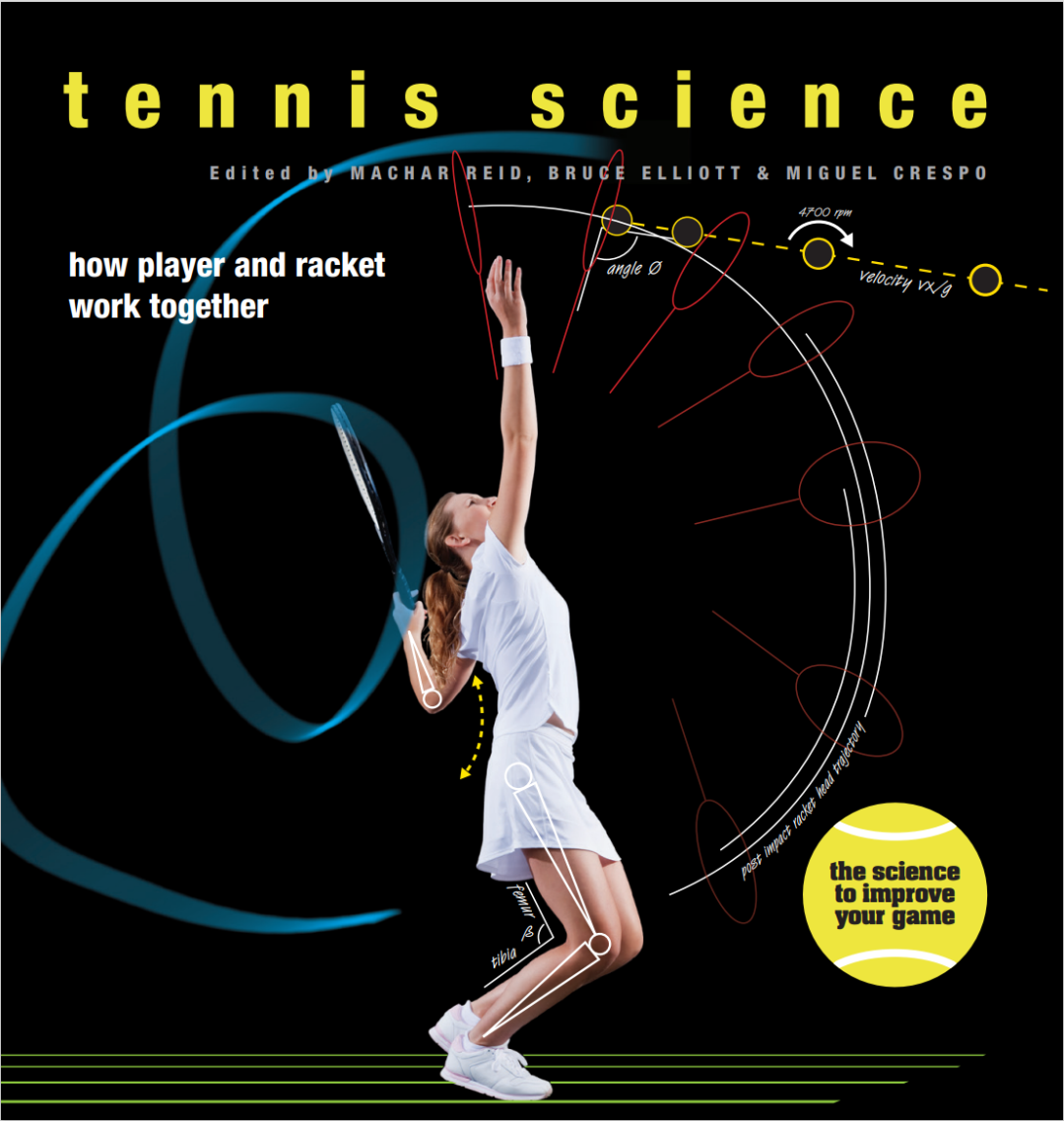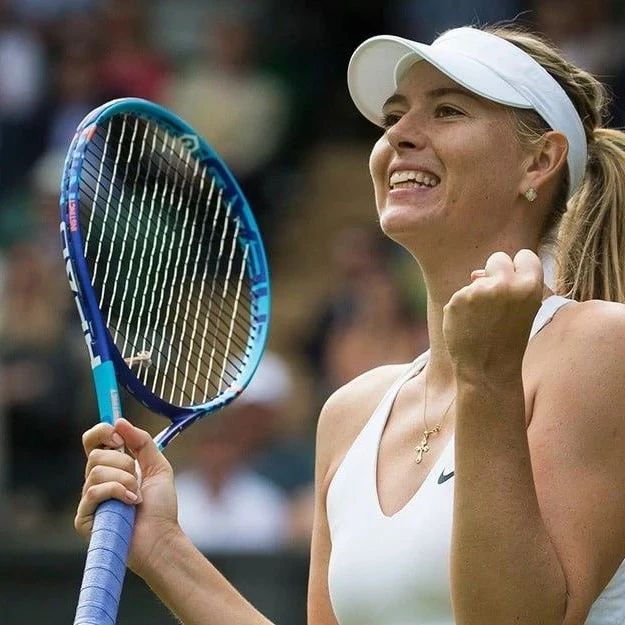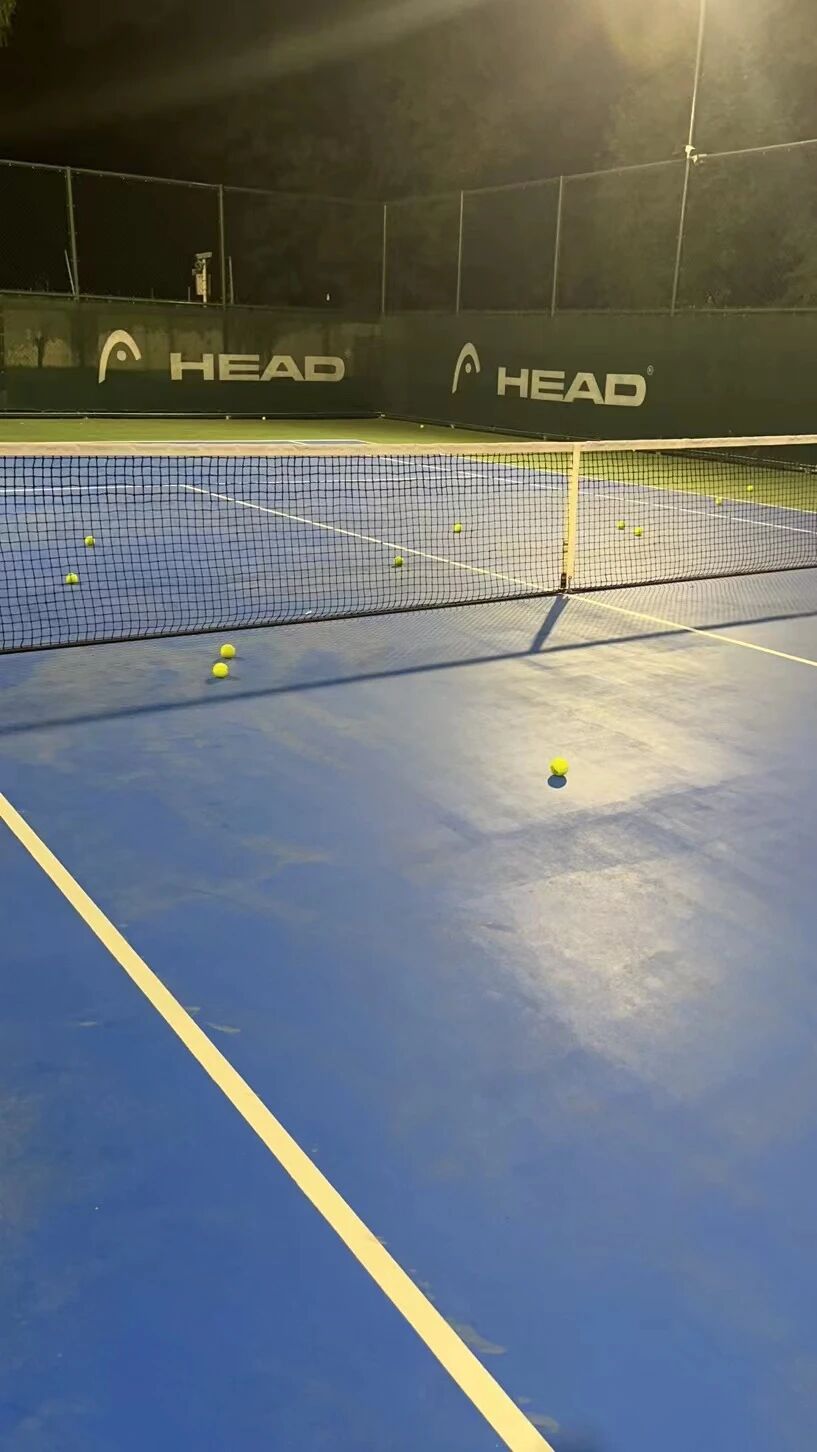The cognitive demands of training


This article marks the debut of our "Translating Trees into Forests" column, which features exclusively translated content from foreign sources. No original authorship is claimed—should any copyright issues arise, please contact us for prompt removal.
As a sport that originated abroad, tennis has been studied and understood in the West for over a century—yet we still have certain gaps in our knowledge. "Translating Wood into Forests" reflects the author's hopeful vision: that by translating one scholarly article after another, we can plant "small trees" today that will eventually grow into a "lush, thriving forest" of tennis expertise. After all, to overcome our rivals, we must first learn from their strengths.
Choosing the English-Chinese bilingual may slightly affect readability, but given the varying levels of comprehension among individuals, we still recommend that readers who are capable dive straight into the original text.
Reason for Topic Selection
Why is the improvement you can get from using just a ball machine limited?
Why do even professional players still need to practice hand-throwing drills?
These questions have many possible answers, and one article certainly can’t fully explain them from every angle. This article takes a look at the perspective of mental effort, helping you reassess your training plan. By intentionally introducing contextual interference—situations that disrupt the brain’s ability to focus—we encourage learners to move beyond the "false sense of effort" often experienced on the court, ultimately leading to better skill retention and significantly improved adaptability in seamlessly transitioning between techniques.
In the field of resistance training, we’ve come to fully recognize the phenomenon of adaptive resistance—where muscles gradually adjust to the resistance they’re subjected to in order to maintain balance. Geneticists believe this adaptability is largely determined by human genes. Throughout history, there have been only brief periods when humans were consistently well-fed and secure; during most of our evolutionary past, muscles constantly had to find ways to counteract energy expenditure. As a result, genes that encouraged muscles to waste energy voluntarily were relentlessly weeded out by the harsh forces of nature. Ultimately, the best approach to resistance training is progressive overload—gradually increasing the demands placed on your muscles over time.
In contrast, the brain's structure is far more complex than that of muscle, and our understanding of how it functions remains remarkably limited. However, from an energy-consumption perspective, the brain may not differ genetically from muscle—it, too, can develop adaptive resistance.
We hope this article will inspire you to think creatively, thoughtfully plan your training regimen, and gradually push your brain toward overload—helping you break through that frustrating "plateau" sooner than later.
Main text
Source of this article:
tennis science(P14-P15)

Main Title:
What factors influence learning a skill during practice?
What factors influence the learning of techniques during training?
Subtitle:
What type of practice will best improve my tennis?
What type of training is most effective for improving one's tennis skills?
A coach’s decision on how to structure practice depends upon factors such as the age and experience of the learner, as well as the complexity of the skill to be learned.
Coaches often consider multiple factors when deciding how to structure training. For instance, they’ll take into account the trainees’ age and experience, while for the training content itself, they’ll assess the inherent complexity of the techniques involved.
Interestingly, research examining how to most effectively structure practice to improve player learning has provided some counterintuitive findings that challenge the accepted coaching practice of “drilling” or “grooving” a stroke—using large numbers of repetitions and minimal variation.
Interestingly, a study on "how to most effectively organize training to enhance athletes' learning outcomes" yielded some counterintuitive findings. These results challenge the widely accepted teaching practice of "repetitive hitting," which typically emphasizes extensive repetition with minimal variation during training.
One way of structuring practice is to address the amount of mental effort needed to perform a skill.
Measuring how much mental effort a task involving a technology actually requires is one method for organizing training.
Low variability or blocked practice—repeating the same shot multiple times before doing the same with a different shot—means that a learner’s mental effort to produce each shot is low (also known as low contextual interference).
Low variability, also known as block practice, involves players repeatedly hitting the ball in an exactly consistent manner before transitioning to a different exercise. This training approach means that learners engage in very little mental effort with each individual hit. (This scenario is also considered to involve low contextual interference.)
(Translator's Note: To introduce situational interference, three main strategies are employed: "mixing up the practice sequence, adding diverse tasks, and incorporating variations within the same task." This approach forces learners to respond dynamically to different scenarios. On the downside, the more complex the scenario types become, the higher the level of situational interference—and the worse learners perform during practice. On the positive side, once learners master the ability to handle complex situations effectively, they not only solidify their grasp of individual skills but also enhance their capacity to seamlessly switch between skills.)
High variability or random practice—varying the shots—means that greater mental effort is required (known as high contextual interference).
High variability, also known as random training, involves players alternating between different ways of hitting the ball. This training approach places greater demands on players' mental effort. (This mode is often referred to as high contextual interference as well.)
For example, if a flat tennis serve is practiced and then another flat tennis serve is hit from the same position, the mental effort for the second serve is not as demanding as the first.
For example, during practice, after a player has already executed a flat serve and then steps back to the same spot for another flat serve, the mental effort required for the second serve is less intense than that of the first.
However, if the player were asked to hit a groundstroke instead of repeating the serve, they would use more mental effort to generate the new movement sequence.
However, if players are asked to hit a drop shot after executing their first flat serve, they will engage in significantly more mental effort to generate a new sequence of movements.
Research into the contextual interference phenomenon reveals that practicing a number of shots in a random manner leads to improved retention of the practiced skills, compared with practicing each task separately for a block of trials.
Research on the context interference phenomenon reveals that, in within-group control experiments, players who practiced using a random sequence demonstrated significantly improved retention of individual techniques after multiple repetitions compared to those who followed a blocked practice approach. (The random approach helped players solidify their mastery of each individual technique.)
For example, blocked practice would involve practicing one skill (such as the forehand groundstroke) constantly for a period, and then following that with practicing a different skill (such as the backhand groundstroke).
For example, the block-training group asks players to consistently practice one technique—such as a forehand drop shot—for a set period, before transitioning to another technique, like a backhand stroke.
In comparison, random practice would involve practicing both skills randomly in the same block of practice attempts: for instance, hitting two backhands, then a forehand, then another backhand, and so on.
In contrast, the random training group asked players to practice two skills randomly within the same exercise session—for example, hitting two backhands, followed by a forehand, then another backhand, and so on.
At the end of practice, an equal number of forehand and backhand groundstrokes would have been performed by the learner.
At the end of the randomized training group's trial, ensure that players hit the same number of forehands and backhands during practice (thus controlling for this variable to maintain a consistent experimental control).
Researchers have found that random practice does not improve the player’s ability to perform the skills initially, but enhances their retention later on, as well as improving performance of the skills in more varied game situations.
Researchers found that random training does not initially improve players' abilities, but in later stages, it enhances their ability to retain skills while also boosting their athletic performance in more diverse game scenarios.
Practical significance
Mental effort — Brainwork
The more mental effort a player is forced to use when practicing a skill, or a combination of skills, the greater their chance of retaining those skills.
The more mental effort a player is forced to exert while practicing a technique or combination of techniques, the greater the likelihood they’ll retain that skill.
Skill level and practice
Basic principles aligning technical proficiency with training methods
The amount of practice variability will be significantly reduced for children and beginners learning tennis.
When children or beginners are learning tennis, reducing the variety of drills is crucial.
It is important to give young learners plenty of repeat trials in the form of blocked practice, with opportunities to either reinforce a desirable outcome or correct an error from the previous practice attempt.
Coaches must provide beginners with plenty of repetition through block training. This approach helps reinforce the results of individual technique drills—or correct mistakes that students may have made during previous single-technique practice sessions.
A basic movement pattern must be established before variations of that pattern or changing environmental conditions are experienced. Equally, a more skilled performer may also need to practice in a more blocked manner when re-learning a skill or making a modification to an existing skill. The table provides general guidelines.
The key is to introduce pattern changes—or alter environmental conditions outside the technique—only after players have already established a basic motor pattern for a particular skill. Similarly, when a tennis expert is relearning a technique or fine-tuning an existing one, they may also benefit from breaking the skill down into smaller, more manageable components. The table below provides guidance based on these general principles.
Technical level | Beginner | Intermediate-level individuals | Expert |
Training Selection | Chunking Practice | Combining chunking with random practice | Random practice |
Interference/Cognitive Load | Low | Moderate or higher | Tall |
Varying practice: Different practice strategies
The skill level of the performer and the difficulty of the task to be practiced are two important factors that influence a coach’s decision about how much practice variability to expose the learner to.
A learner's current skill level and the difficulty of the techniques they’re about to master are two key factors influencing a coach’s decision on how much variation to introduce into the training.
In general terms, it is evident that traditional approaches to tennis coaching typically err on the side of less variability, providing a more manageable challenge for the learner.
Overall, providing learners with challenges that remain within their expected range highlights a clear shortcoming of traditional tennis instruction, which tends to focus on minimizing variations in training methods.
Interestingly, research evidence tends to suggest a more aggressive approach to practice variability is more effective. In this diagram illustrating the objective of increasing the forehand racket velocity, the coach increases the variability—and contextual interference—as the player’s skill level improves.
Research evidence suggests that the more actively training methods are varied and enhanced, the more effective they tend to be. The diagram below illustrates, using the example of increasing forehand racket head speed, how coaches can progressively incorporate greater variability and situational disruptions into practice as players’ skill levels improve.
Multiple balls
Single technology
Continuous
Forehand straight shot
Multi-technology
Block-wise repetition
5 forehands, followed by 5 backhands
Single technology
Add variation
Increase situational variation
Complete one forehand down-the-line shot, one cross-court shot, and one deep or short shot.
Multi-technology
Random repetition
Serve, forehand, backhand, forehand, serve
The author here ranks the forehand head-speed training program in order of increasing mental workload.
Conclusion
For a long time, the author found themselves physically exhausted but making little technical progress. After reading this article, you might realize the author doesn’t explicitly tell us *how* to structure our training—but instead offers a fresh perspective: rethinking our training plans by focusing on mental effort. Introducing unexpected challenges and encouraging proactive, mindset-driven approaches is far more effective than merely reacting passively to fatigue. Simply putting in relentless effort without strategy is often just self-deception. And sometimes, when we hit a technical plateau, it’s actually a sign that our training plan itself has reached its limits. As the saying goes, "Preparation leads to success; lack of preparation guarantees failure"—a principle that holds true even in tennis training.


